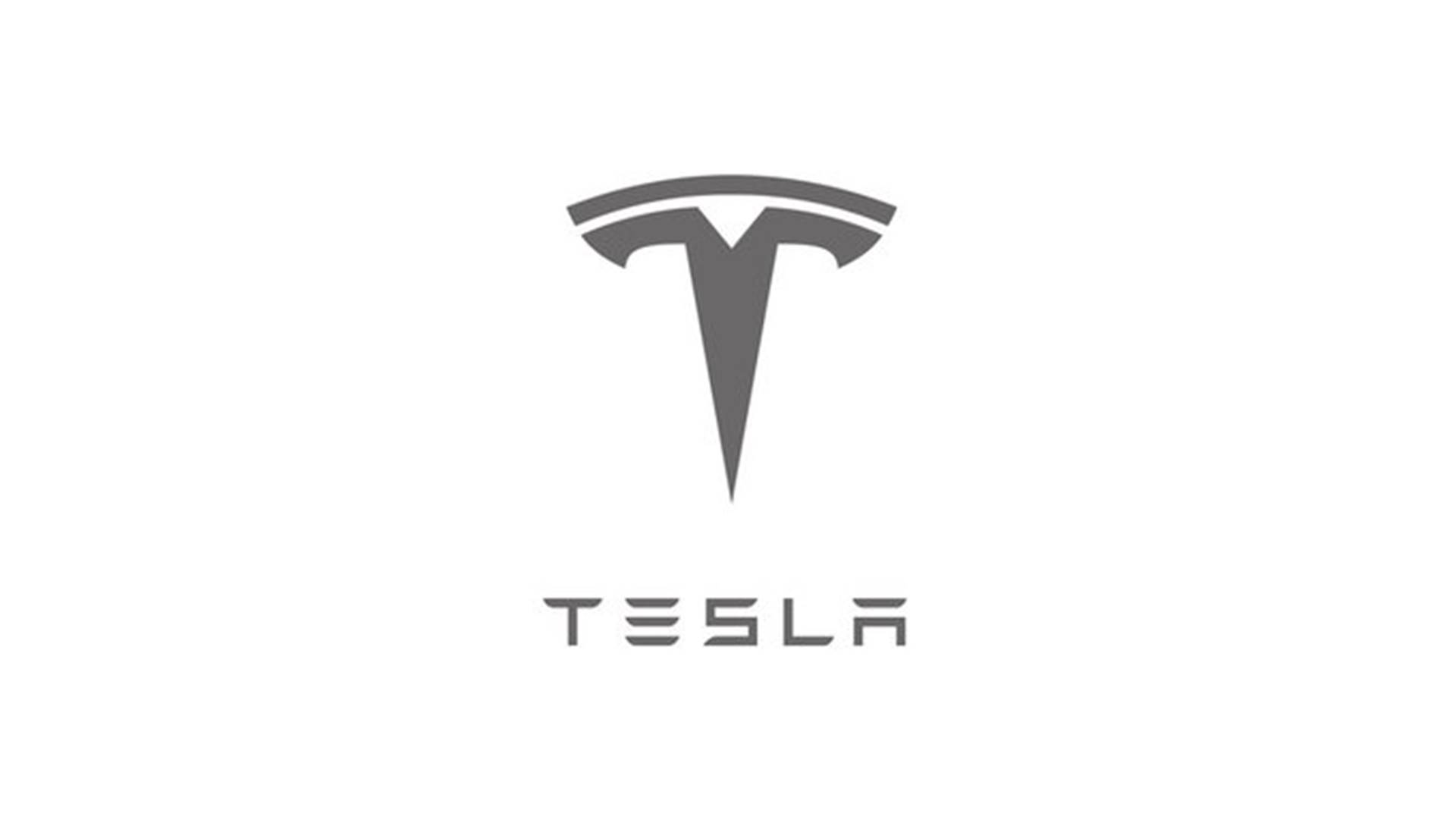At Tesla, we believe that technology can help improve safety. That’s why Tesla vehicles are engineered to be the safest cars in the world.
We believe the unique combination of passive safety, active safety, and automated driver assistance is crucial for keeping not just Tesla drivers and passengers safe, but all drivers on the road. It’s this notion that grounds every decision we make – from the design of our cars, to the software we introduce, to the features we offer every Tesla owner.
Model S, Model X and Model 3 have achieved the lowest overall probability of injury of any vehicle ever tested by the U.S. government’s New Car Assessment Program. Much of this has to do with the rigid, fortified structure of the battery pack that is mounted to a car’s floor, which provides a vehicle with exceptional strength, large crumple zones, and a uniquely low center of gravity. Because of their strength,
Elon Musk is now worth more than Warren Buffett as Tesla stock continues to break records
Tesla’s battery packs rarely incur serious damage in accidents. And, in the extremely unlikely event that a fire occurs, the state-of-the-art design of our battery packs ensures that its safety system works as intended and isolates a fire to select areas within the battery while simultaneously venting heat away from the passenger cabin and the vehicle.
While no car can prevent all accidents, we work every day to try to make them much less likely to occur. Active safety features come standard on all Tesla vehicles made after September 2014 for an added layer of safety beyond the physical structure of each car. Because every Tesla is connected, we’re able to use the billions of miles of real-world data from our global fleet – of which more than 1 billion have been driven with Autopilot engaged – to understand the different ways accidents happen.
Why Tesla Full Self-Driving and robotaxis are taking so long Video!
We then develop features that can help Tesla drivers mitigate or avoid accidents. Through over-the-air software updates, we’re able to introduce safety features and enhancements long after a car has been delivered, as well as release updated versions of existing safety features that take into account the most up-to-date real-world data collected by our fleet.
In October 2018, we began voluntarily releasing quarterly safety data in order to provide critical safety information about our vehicles to the public, and in July 2019 we began voluntarily releasing annually updated data about vehicle fires as well. Accident rates among all vehicles on the road can vary from quarter to quarter and can be affected by seasonality, like reduced daylight and inclement weather conditions.
Tesla / Balkantimes.press
Napomena o autorskim pravima: Dozvoljeno preuzimanje sadržaja isključivo uz navođenje linka prema stranici našeg portala sa koje je sadržaj preuzet. Stavovi izraženi u ovom tekstu autorovi su i ne odražavaju nužno uredničku politiku The Balkantimes Press.
Copyright Notice: It is allowed to download the content only by providing a link to the page of our portal from which the content was downloaded. The views expressed in this text are those of the authors and do not necessarily reflect the editorial policies of The Balkantimes Press.

